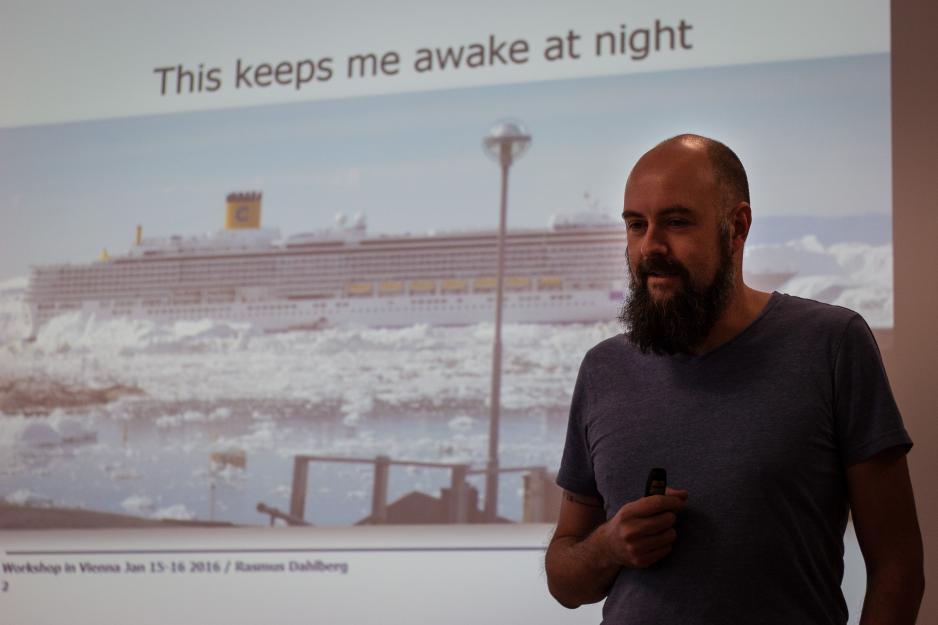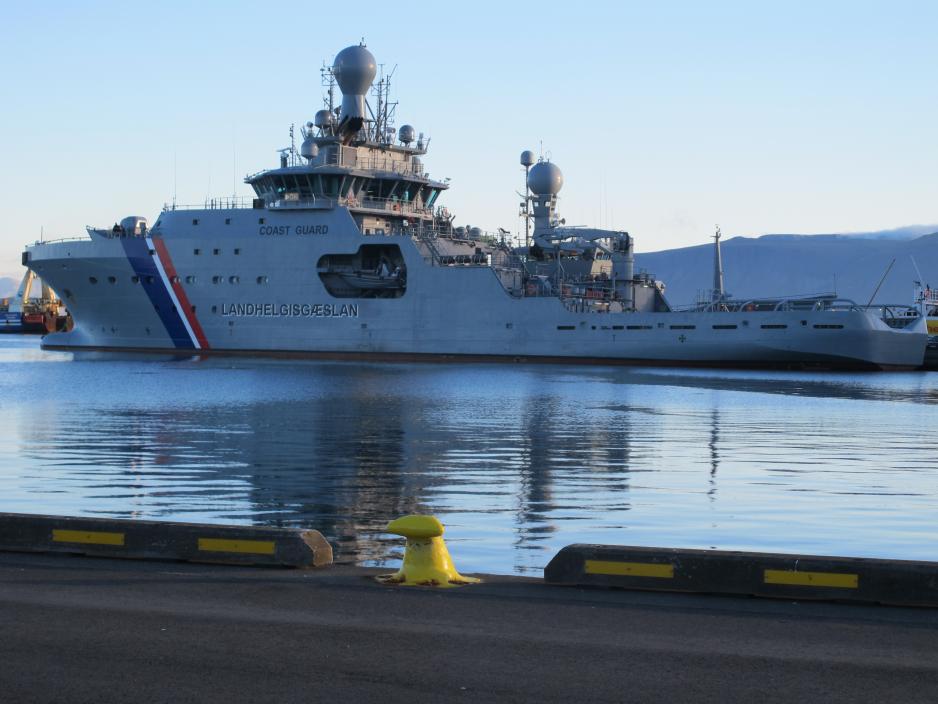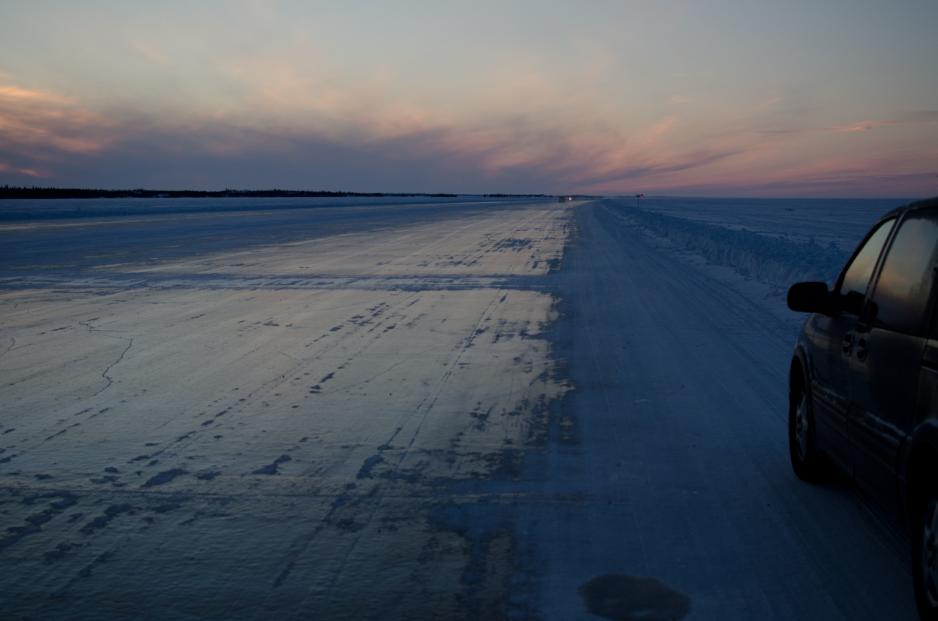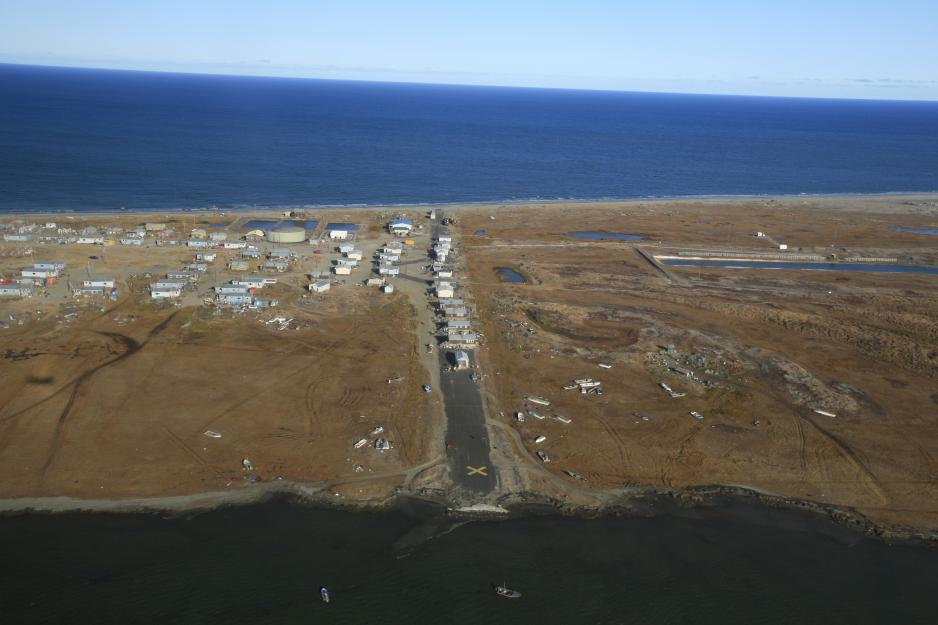Preparation for the inevitable disaster: climate change adaptations in the Arctic

With the development of Arctic cruise ship tourism, as well as the potential increase of shipping due to the melting of the Arctic sea ice, the question is not whether a disaster will happen, but when.
- It is just a matter of time until a disaster strikes, says Rasmus Dahlberg of the University of Copenhagen.
Dahlberg clarifies:
- The number of transpolar flights and cruise ships is increasing. Distances and the paucity of infrastructure are not decreasing. These Arctic challenges are compounded by extreme uncertainties with regards to climate, policy, and economy.
Climate change and infrastructure: not the mortal enemies you might expect
Climate change is not only the main challenge for developing infrastructure, it is also a major driver of the need for better infrastructure. However, the effects of climate change are what enables the building of some infrastructures in the first place.
This discrepancy between the expected benefits from Arctic warming, which encourages a host of economic activities, and the lack of supporting infrastructure is at the heart of debates on the economic adaptations to climate change in Arctic regions.
One way to support the shipping industry and improve the SAR capacity in the Arctic would be an international rescue hub, from which emergency operations could be coordinated and conducted.
Iceland is conveniently located for such a rescue hub and the waters between Greenland and Iceland could potentially be reached within a reasonable time in case of an emergency.
The former U.S. Naval Air Station Keflavík was abandoned by the U.S. forces in 2006 and is now operated by the Icelandic Coast Guard. The U.S. Navy has however recently announced that it wants to upgrade the airport hangar at its former base and possibly deploy maritime patrol aircraft. At the moment it is unclear, how this will affect the potential establishment of a rescue hub.
Examines the major challenges
Dahlberg is currently conducting a feasibility study that examines the major challenges when it comes to SAR operations in the Arctic. Is it logistics or coordination problems? Is it a matter of using the runways and other infrastructure or is it more a question of capacity to coordinate efforts in the Arctic?
So far, the most salient outcome of the research points to the importance of the “3 Cs” in emergency management, which have proven to be the weak spots when disasters did happen.
They encompass Communication; Coordination, that is briging emergency supplies to where they are needed; and Common situational awareness, that is what is available where and how it can be used.
The research is supported by the Nordic Centre of Excellence on Resilience and Societal Security (NORDRESS) in cooperation with the Icelandic Coast Guard.

The road to development
Roads are supposed to connect cities, villages, people. They are also expected to contribute to the economic development of those connected to the road system. But whom does the road actually connect with whom? What if your village is being bypassed and as a consequence you are being excluded from the benefits of a system, which might even be harmful to the environment you depend on?
- The outcomes of infrastructure are often outfitted to open up territories to outside businesses, says Mia Bennett of the University of California Los Angeles.
- This can create problems, such as isolating small communities from each other, while bringing in outsiders.
As a result, while roads are supposed to connect people and communities, at the same time they might paradoxically enable companies to bypass the region and therefore peripheralize it economically.
In her fieldwork planned for summer 2016, Bennett will explore how people in the region view the road with regards to their sense of mobility, place and space. She will also make use of data from remote sensing and night light satellite imagery to get a comprehensive picture of the road’s and the region’s development.

Bennett’s research calls into question whether roads do indeed connect, or on the opposite, might even disconnect. In January, she presented her doctoral project on “Geometries of an Arctic Highway” at a workshop titled “Configurations of Remoteness (CoRe)” in Vienna, Austria. The two-day workshop focused on the social and ecological challenges associated with infrastructure development, in particular in Arctic regions.
Mia Bennett’s focus is on the road that is being built from Inuvik, so far Canada’s most northerly settlement accessible by road, to Tuktoyatuk, which is located on the coast of the Arctic Ocean in Canada’s Northwest Territories. The highway is designed as an all-weather road to replace the winter ice road. It neatly fits into the national political narrative to open Canada’s North through the development of transportation, resources and communication.
Although it will arguably benefit the locals, it is questionable how likely this outcome actually is. The Arctic has been and still is considered as a region of extraction rather than development. As a “resource frontier”, the region has been prone to boom and bust cycles related to hydrocarbon exploration as well as militarization.
The new highway would facilitate energy companies’ access to the resources and help establish Canada as an “energy superpower” and “Arctic nation”. On the negative side, the exploration of northern Canada’s energy resources is likely to contribute to the warming of the Arctic and therefore to the degradation of current ice roads. As a result, people will have to rely even more on permanent roads, which require substantial investments.

Changing housing needs
In the Canadian North, demographic shifts and the effects of climate change exacerbate the housing crisis, which represents another important aspect of infrastructure development. “The consequences are rising costs for the repair of existing houses, overcrowding, illnesses, physical and mental stress,” so Rudy Riedlsperger of the Memorial University of Newfoundland.
Housing in the North often follows a design aimed at southern regions and is therefore ill-suited to the environmental demands of Arctic or subarctic regions. One common way to adapt houses is to build them on piles. According to Riedlsperger, this “does not work, because there is little bedrock to support the piles and the permafrost is already on the softer end.”
To help communities with the planning of housing adapted to permafrost and to the consequences of climate change, he seeks to produce Cost-of-Adaptation maps that facilitate the comparison of different infrastructure scenarios of adaptation. It would mark a considerable improvement from the use of hazard maps to guide community planning, because they often portray most of the community lands as vulnerable to a certain degree and therefore not safe for development.
In order to develop Cost-of-Adaptation maps for housing, a team of researchers is studying the housing and community infrastructure in Nunavut and Yukon and analyzes permafrost hazards. In a next step, they want to identify adaptation options, reveal the costs and cost savings and finally allow for effective and sustainable infrastructure changes to help communities save resources when developing infrastructure. Here too, the local indigenous knowledge plays a vital role for example in learning about the history of a place and previous adaptation efforts, the characteristics of the permafrost etc.
Permafrost a major problem - climate change the solution?
The importance of the effects of climate change were a recurrent theme in all the workshop presentations, which were dealing with a variety of topics, from road systems and housing to search and rescue. However, despite the salience of climate change, its complex ramifications are understudied and seldom factored in when planning the development of infrastructure systems. A study by working groups of the International Arctic Science Committee (IASC) confirms that the cumulative effects of infrastructure and climate change are not adequately addressed in research plans. Not only permafrost thaw poses challenges to the construction of permanent roads. In some regions, a rapid decline of temperatures combined with waves of warm and cold spells triggers diverse processes and can cause widespread development of ice.
The local population often has a good knowledge of the landscape features, the precise locations of permafrost, or how the soil behaves, explains Tatiana Argounova-Low of the University of Aberdeen. They should accordingly be involved in the planning of infrastructure in their region.
Similarly complex to climate change processes and permafrost changes is people’s perception of them. Whereas Arctic people previously used permafrost to their advantages, such as building ice houses for food storage, permafrost is now generally fought against and even blasted away to lay the foundations for a new road. Permafrost thus went from friend to foe, from cooperation partner to something that needs to be tackled, tamed, domesticated.
This article is the second of a series exploring the outcomes of the CoRe workshop.
